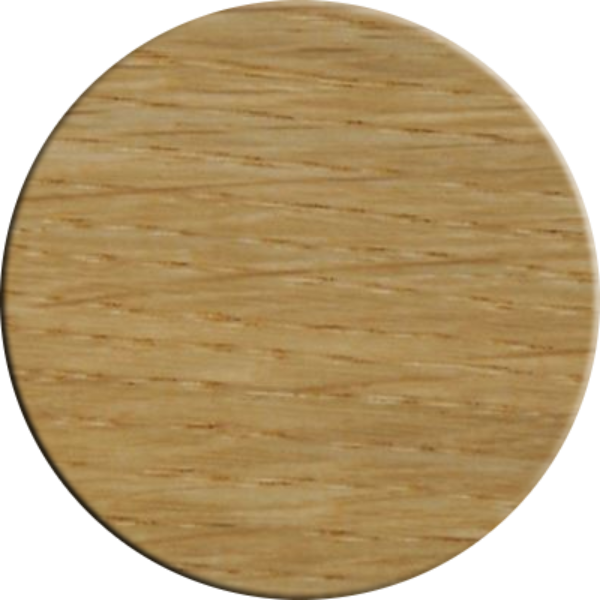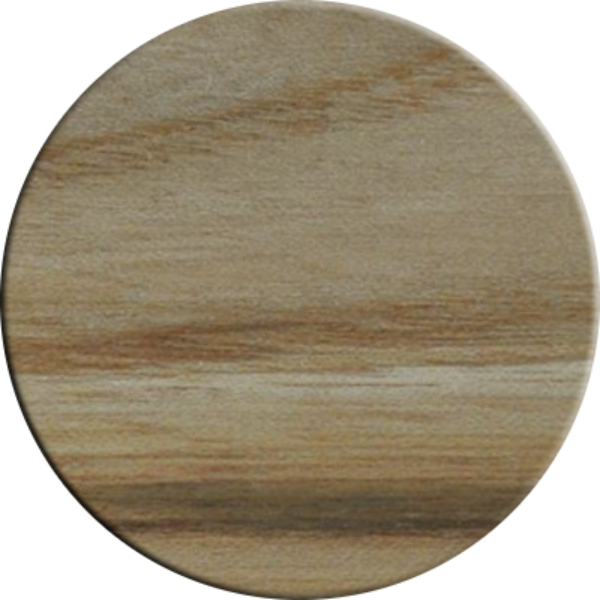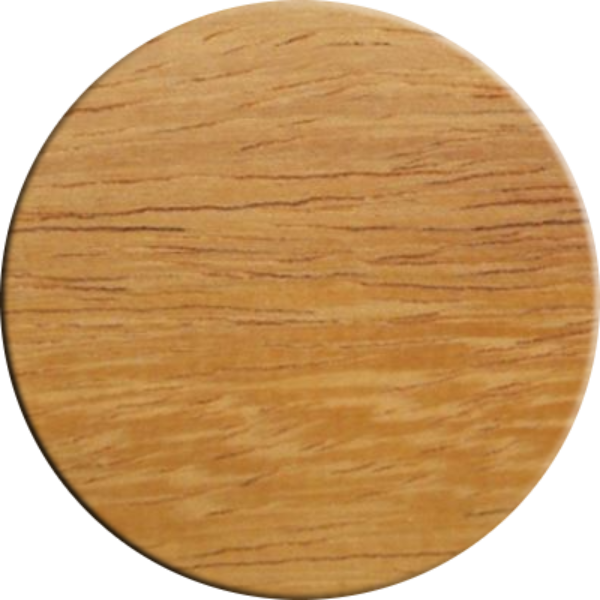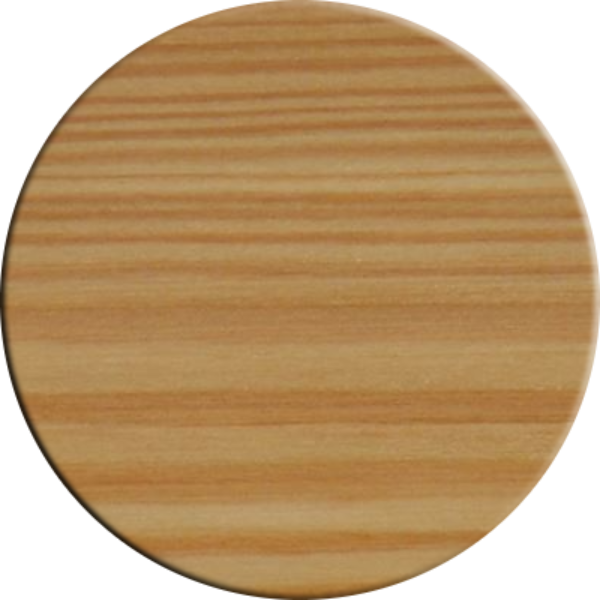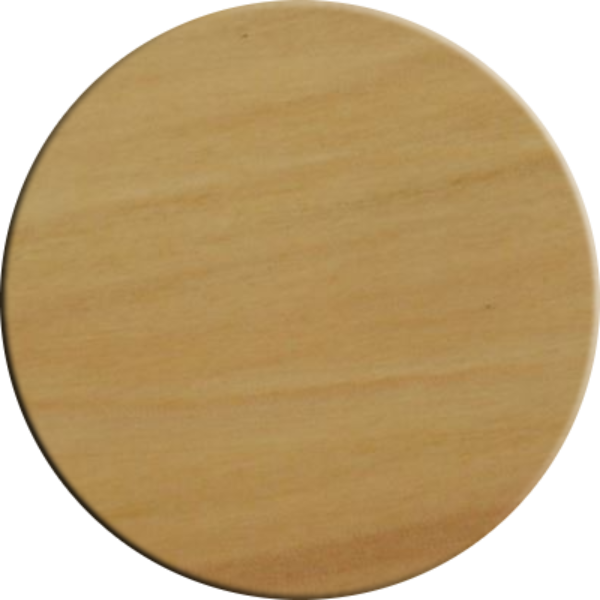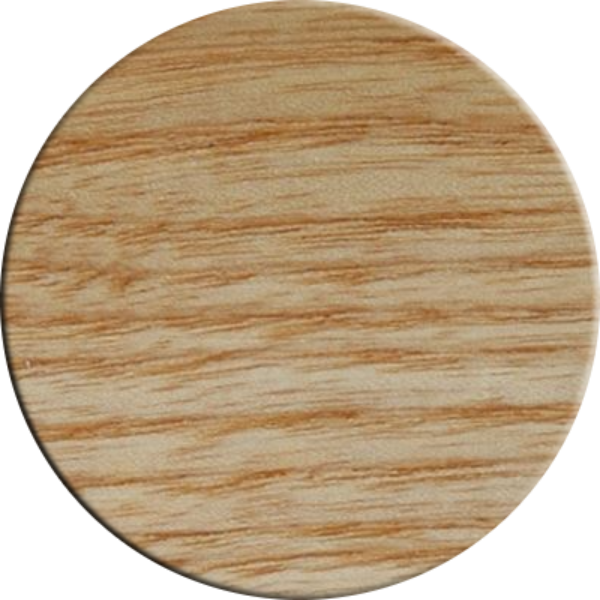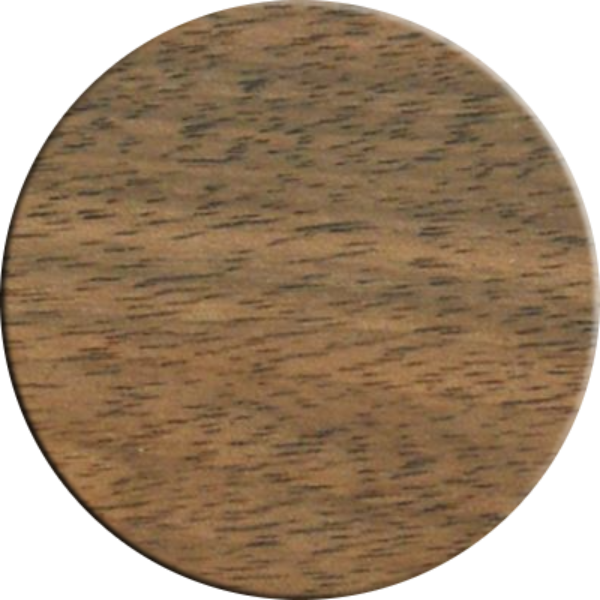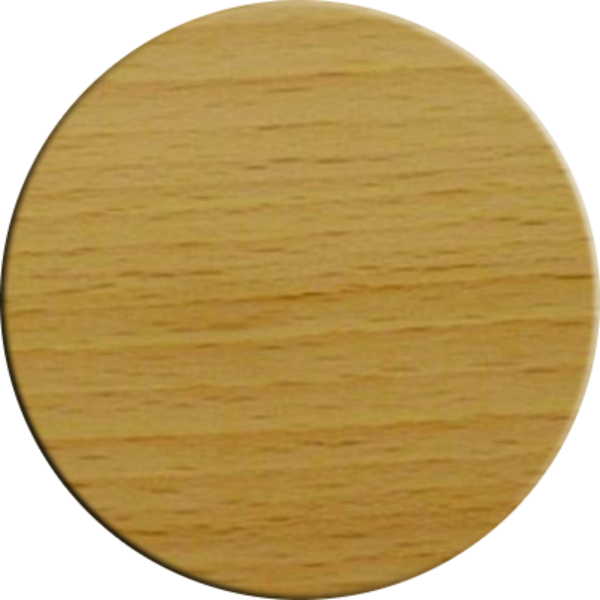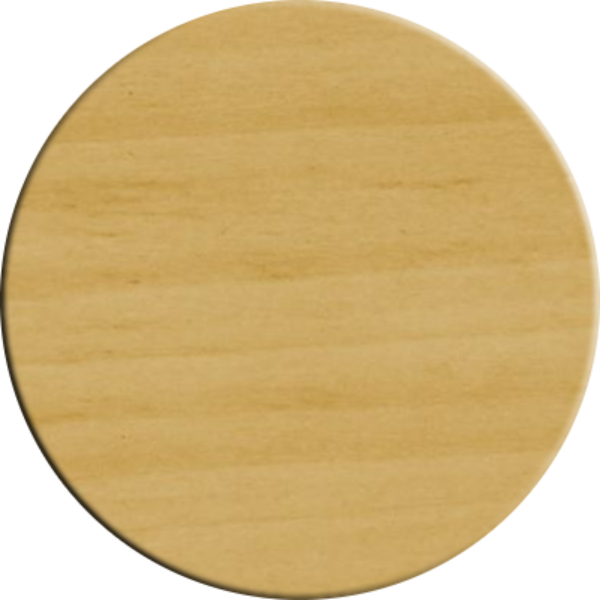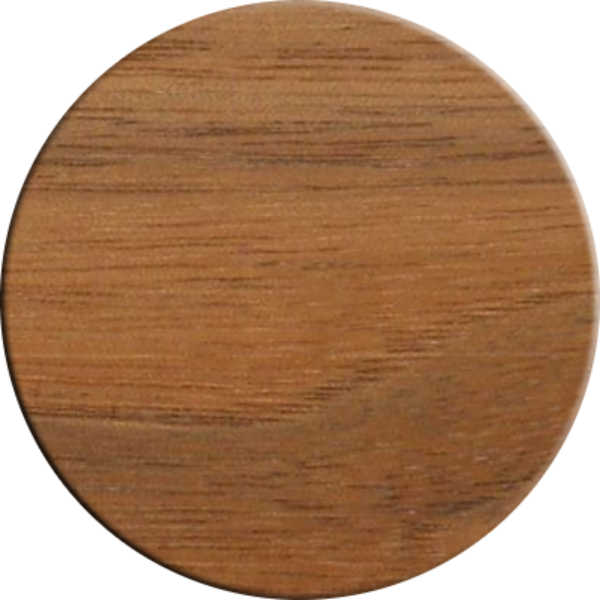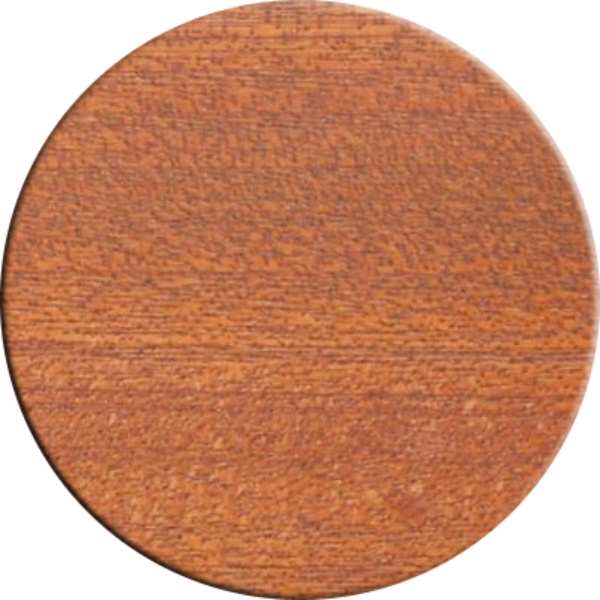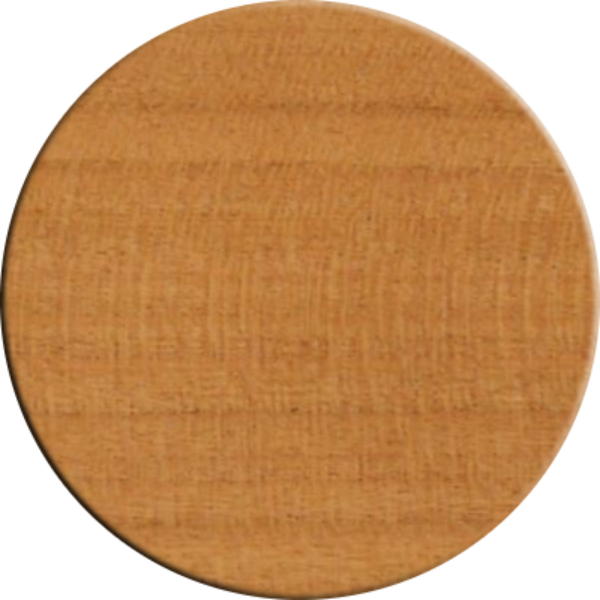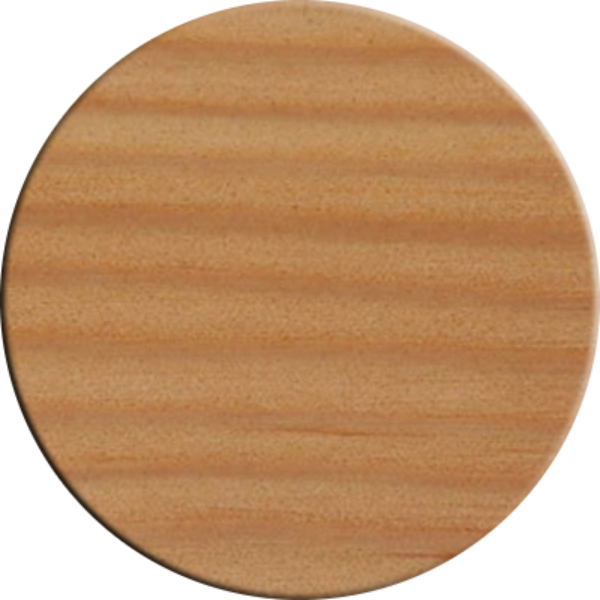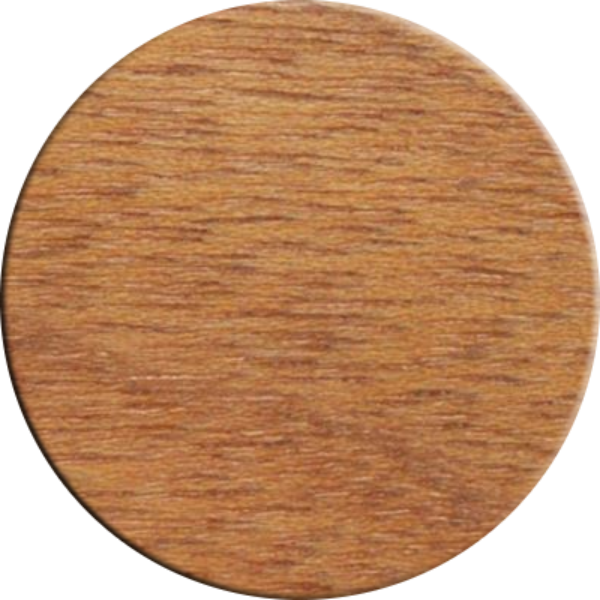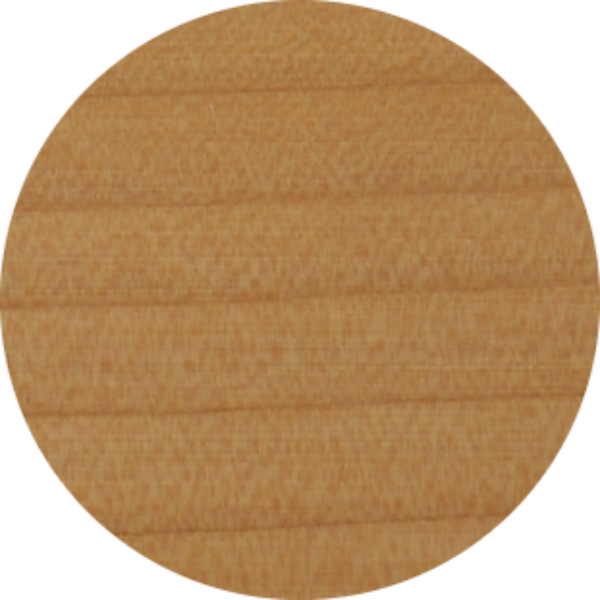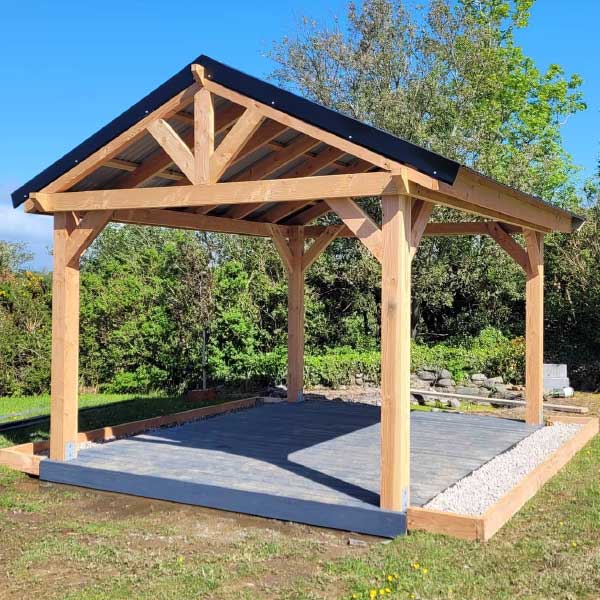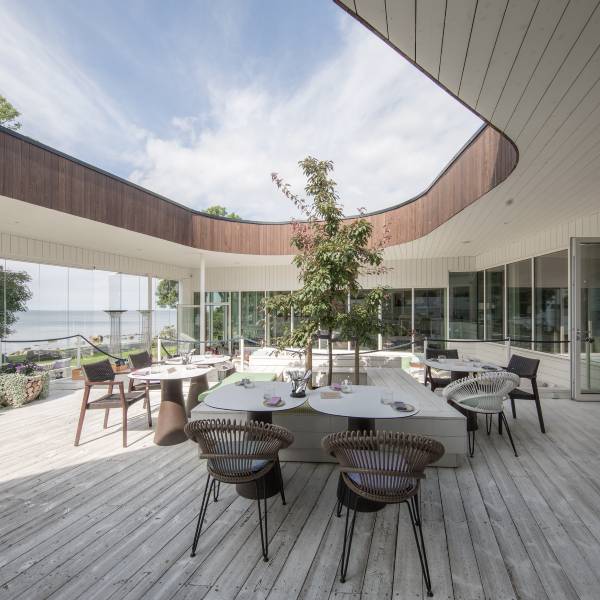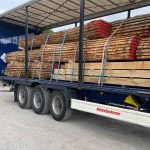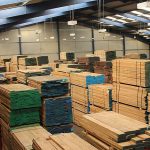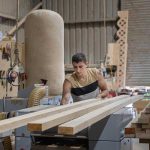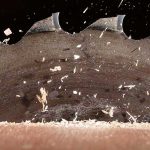Frequently Asked Questions
Welcome to our FAQ page! Here, you’ll find answers to common questions about our high-quality timber products, delivery options, and sustainable sourcing practices. Whether you’re a professional builder or a DIY enthusiast, our FAQs provide the information you need for your timber projects. Explore below to learn more.
Siberian Larch
Typical dimensions are 20×145/90/70 x4000, in T&G, Shiplap, Boards, Rainscreen profiles.
It has a unique grain pattern, is durable, low maintenance, and pairs well with both modern and traditional architectural styles.
The wood starts as a creamy yellow to light brown colour and weathers to a beautiful silvery-grey without treatment. Using an OSMO UV protect oil will help preserve the look of the timber.
It is valued for its strength, durability, and aesthetic appeal.
It is a slow growing softwood, deciduous, conifer tree with a high resin content and medium density.
It is classified as a Class 3 durability timber, Siberian Larch is a very durable softwood with a high density of 590-650 kg/m3, making it 50% harder than Scots Pine. This high density provides excellent resistance to rot, decay, and physical damage like scratches and knocks. With proper treatment, Siberian larch cladding can have a service life of over 50 years. Even untreated, it lasts 20-30 years.
Each plank has a unique grain pattern and texture.
Use a soft sweeping brush like a chimney brush rather than abrasive scrubbers. Ensure the cladding is cold before cleaning and fully dry before re-coating or refinishing. A black mold feeding off sugars in the cellular structure can grow in shaded areas, TRADA report that a light power wash is the most effective treatment.
We carry popular profiles in stock. Restrictions in Russian embargoed timber imports are making future supplies problematic. We recommend Thermowood as a cost-effective substitute that has a better durability against rot and decay.
It comes from Siberian grown larch trees where its slow growth leads to a dense ring structure, high resin content and long life.
Stainless steel nails are recommended.
Siberian larch is more durable and expensive than Scottish Larch.
Small scratches don’t require repair. Deeper gouges should be filled with exterior grade filler, allowed to cure and slightly distressed to hide patches.
The Shou Sugi Ban charring technique creates a protective black facade that is waterproof, resists moisture, decay and insects.
It requires a light annual clean using a soft brush. No excessive scrubbing, resealing, or refinishing is needed.
Typical lengths are 4m.
It complements both sleek modern builds and traditional stone cottages.
The darker tones of the charred finish blend seamlessly with the organic appeal of the natural wood grain.
It involves heat-treating the wood in state-of-the-art ovens to create the protective black facade.
The carbon layer helps repel rainfall penetration and resist the build-up of grime and dust.
ThermoPine and ThermoSpruce
Thermowood is a high-quality natural material made from wood that has been thermally modified to enhance its strength, durability, and resistance to weather and insects.
Thermowood is created through a scientific heating and steaming process that transforms standard wood species into a more stable and better-performing version.
Thermowood cladding is budget-friendly, has beautiful colours and grain patterns, can be stained, requires lower maintenance, and is very durable.
According to the Building Research Establishment (BRE), the expected service life of Thermowood is over 30 years.
Yes, Thermowood cladding is an excellent choice for outdoor applications like rooftop decks and balconies due to its resistance to weather and UV exposure.
Yes, Thermowood is commonly used for hot tub cladding and surrounds due to its weather-resistant properties.
Thermowood undergoes a thermal modification process that makes it more stable, durable, and resistant to insects and rot compared to regular wood.
Thermowood cladding requires minimal maintenance, such as cleaning and reapplying a UV protectant oil finish as needed. Cleaning: Regularly cleaning the cladding using a pressure washer can help reduce the spread of mold and algae. Always test the pressure washer on a small area first to avoid damaging the wood.
No, you can let nature do its work and the timber will silver off in time. To help keep its colour Thermowood cladding may need to have a UV protectant oil reapplied periodically to maintain its colour and protect against weathering. The frequency depends on the specific product.
Thermowood cladding on different sides of a building may weather inconsistently due to varying sun (UV) exposure. This is a natural process that cannot be avoided.
Wood naturally expands and contracts as it absorbs and releases moisture. The installer will need to account for this movement during installation. Consult the manufactures instructions.
We recommend stainless steel fixings (Brads or screws) as zinc and galvanised fixings often rust leading to rust streak staining. To avoiding damage, screws should not be overtightened, as this can allow dirt and debris to accumulate. Screw heads should also not stick out, as they can cause injuries.
Yes, Thermowood can be stained to enhance its natural colours and grain patterns.
Yes, Thermowood is an eco-certified, sustainable material sourced from Scandinavia.
Thermowood can be made from various wood species, including pine, spruce, ash, and birch.
Thermowood is a more affordable and lower-maintenance option compared to hardwoods like Ipe, while offering better performance than softwoods like pine or cedar. Its lower thermal conductivity means it feels less hot to the bare foot and making it a more comfortable surface than composite materials.
Yes, Thermowood can be used for indoor applications such as flooring, furniture, and wall cladding.
Thermowood is highly resistant to weather, UV exposure, and temperature variations, making it suitable for use in harsh outdoor environments.
Yes, Thermowood is resistant to salt and can be used in coastal areas without issue.
Yes, Thermowood is chemical free and can be recycled or disposed of in an environmentally responsible manner.
While Thermowood is not commonly used for roofing, it can be used for roof decking or as a decorative element.
Thermowood offers a more natural look and feel compared to composite decking, while being more durable and weather-resistant.Importantly, it is much less conductive to heat meaning that it feels much less hot to the foot when walking on it barefoot.
Yes, Thermowood is an excellent choice for fencing due to its durability and resistance to weather and insects.
Yes, Thermowood is a durable material that can withstand heavy foot traffic and is suitable for use in high-traffic areas like decks and patios.
Douglas Fir Beams
European Douglas fir is valued for its excellent structural strength, durability, and natural resistance to decay and insects. It is classified as a Durability Class 3 timber. It is a versatile timber suitable for a wide range of construction and outdoor applications. The heartwood ranges from yellow to reddish-brown in colour and has a distinctive grain pattern
Douglas fir has excellent structural strength, with density and compression strength values significantly higher than European softwoods like spruce and pine. It is also moderately durable and resistant to decay.
Douglas fir is relatively easy to work with using basic tools. It saws, planes, nails, screws and glues well. Care must be taken when finishing due to the hard knots, but good results can be obtained.
Fresh sawn, or green Douglas fir when first cut has a moisture content of 60 – 70%. Douglas fir left to air-dry for 1 to 3 years will have a moisture content of 25 – 45%. For lower moisture content, Douglas fir can be kiln dried, our finished Beams are Kiln Dried to 20%.
For greater than 100mm we supply to QP-2 appearance grade equivalent to a C16. C40 is the highest strength grade of Douglas fir available, but only achievable in large sections.
Douglas fir has a high strength-to-weight ratio and is more stable than oak, absorbing less moisture. Shrinkage is comparable to European softwoods.
Whilst Douglas fir is common in many West European countries, we obtain ours from managed forests in Bavaria and Croatia.
Heavy construction like mining timbers, posts and poles, house framing and roof trusses, Exterior joinery like fascia and barge boards.
Pergolas, sheds, and luxury garden houses, decking, fencing, and garden walling, landscaping and marine structures when treated.
Interior joinery, flooring, furniture and turnery.
Carving, cladding, both exterior and interior.
We stock 6/7m beams sizes from 150*150, 125*125 plus and planks from 225*75 to 100*50mm. We also stock 27mm live edge planks at 3m.
French Oak Beams
French oak has a fine grain structure, attractive colour, and high tannin content that is prized for construction and furniture.
Much of the French Oak used for beams comes from managed forests, our oak is sourced 100km SE Paris.
The main grades are QPA (highest), QP1, and Air Dried. QPA is equivalent to British D30 strength grade. Our standard beams are procured to Q-P 1 appearance grade (EN 975-1) this is equivalent to a strength class D24 for thicknesses > 100mm. Sleepers are rustic grade.
Dimensions vary but our nominal standard sizes are 125mm x 125mm, 150mm x 150mm, and 200mm x 200mm. in 3m, 4m and 5m lengths.
Yes, we can provide custom sizes to meet specific project requirements. Call us and we can quote.
French Oak has a straight grain with a heterogeneous structure that is prized for its appearance and stability.
The heartwood ranges from yellowish-brown to dark brown. Sapwood is lighter in colour.
The high tannin content contributes to the oak’s natural durability and resistance to weathering.
Oak beams are used in traditional timber framing, period renovations, and to add character to new buildings.
French Oak is generally more expensive than oak from other regions due to its reputation for quality.
Oak heartwood has a natural durability that allows it to be used outdoors without treatment. It is highly resistant to insects and fungus.
As Oak ages, it develops an attractive patina and character. Beams can be left to weather naturally or finished to preserve the original colour.
Oak beams require minimal maintenance. Stainless steel fasteners should be used to prevent corrosion from the oak’s natural tannins.
Yes, Oak beams can be sanded and refinished as needed to remove imperfections or update the appearance.
French Oak has an average density of 710 kg/m³, making it moderately heavy and dense compared to other species.
Occasional knots, blue staining, and cracks are common but do not affect the structural integrity of green Oak beams.
Careful processing by qualified operators ensures French Oak beams meet strict quality standards for appearance and strength.
Common concerns include movement as the Oak dries and the effect on the building structure. Proper installation and fasteners are important.
Green Oak beams are prone to some movement as they dry, so installation requires careful planning and fastening.
Oak beams can be left unfinished to weather naturally, stained, or painted to achieve the desired look.
The slow growth of oak in France’s temperate climate contributes to its fine grain and density.
Oak beams are used in construction, furniture, wine barrels, flooring, decking, and railway sleepers.
French Oak is graded for strength according to the French NFB 52-001 standard (EN 975-1). The top QPA grade is equivalent to British (EN338) D30 strength class Q-P1 is equivalent to D24 strength grade.


